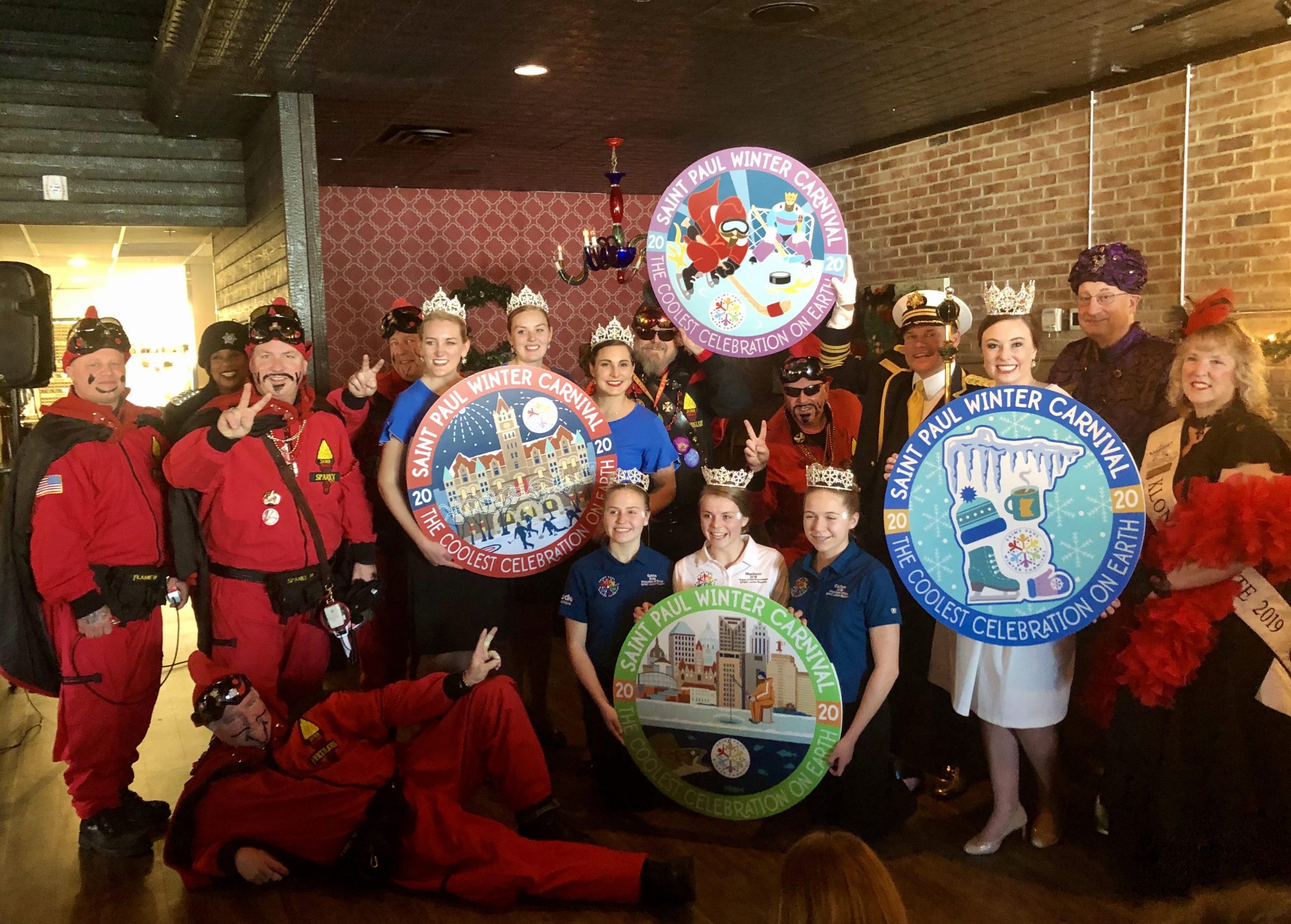“The Hunger Games” lives up to the hype
Abby’s Angle
“The Hunger Games” by Sussane Collins, a dystopian novel set in Panem, previously North America, follows Katniss Everdeen during the Hunger Games. The book has sold more than 100 million copies worldwide, however, is what it lives up to be?
16-year-old Katniss Everdeen lives in District 12 of Panem with her mother and sister, and on the day of the reaping ceremony, where names are drawn to see who will represent District 12 in the annual Hunger Games, Katniss’s sister is drawn. Instead, Katniss volunteers in her place, volunteering herself to fight to the death against 23 other children all trying to do one thing: stay alive.
When I first picked up this book, I hesitated, knowing that this book is a classic in YA literature. However, as I kept reading, I began to see why. The book starts fast, and stays that way, with Katniss being chosen to go to the Hunger Games with the other chosen tribute from her district, Peeta Mellark. Katniss and Peeta embark towards the capital for the Hunger Games, beginning their training, and days later, they are taken to the arena where the games will take place and the games begin.
During the games, Katniss and Peeta do whatever they need to do to stay alive, including making unexpected alliances with other tributes.
Once I finished this book, I understood what others were saying when they said this book is a classic in YA literature. However, it doesn’t go without its flaws. The book succeeded in developing characters, with their personalities, strengths and weaknesses, and did a good job of describing what the world looked like. However, it fell short when trying to explain some of the world-building. I, having watched the movie in advance, was only able to understand the functions of the districts and capitol because it had been simplified in a movie. However, I did feel like the movie was missing important parts of the book that added to the themes.
The themes, such as suffering as entertainment, was a big theme throughout the book and the movie, showing children having to fight one another to stay alive and how people, usually upper class, were getting entertainment from that suffering. That leads to the next theme, the inequality between the upper class and the lower class. The upper class is made up of people from the capital, and the lower class is made up of people from the districts. However, instead of distributing the wealth of the capital to the districts, the capital tends to keep the money, and it is there that they live extravagant lives compared to those in the districts.
The book was able to explore these themes in a way the movie was not, making the book better than the movie. The book could have done without the extra information on these functions, but was somewhat understandable all the same.
In conclusion, while this book is highly acclaimed, it does meet its standards, but it is not faultless. I enjoyed reading this book and plan to continue reading the “Hunger Games” series, continuing to see if each of them lives up to their acclaimed status.




